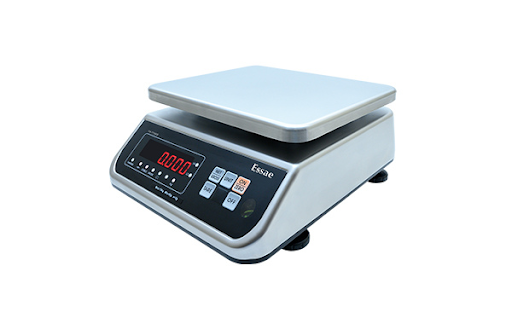How To Use A Weighing Scale To Measure Object Weight

A weighing scale is a device used to accurately measure the weight of an object. In the medical field, it is often used to measure a person’s weight, but it can also be used for a variety of other tasks. Whether you are looking to measure the weight of food items, luggage, or other objects, a weighing scale can provide an accurate measurement.
In this blog post, we will go through the steps on how to use a weighing scale to measure the weight of an object.
Different types of weighing scales
Weighing scales come in a variety of types, each designed for a different purpose. The most common type is the mechanical scale, which uses a spring to measure the weight of an object. These are often seen in doctor’s offices, as well as in fitness centers and laboratories. Digital Weighing Machines use a digital display to show the weight of an object and are often used for more accurate measurements. Industrial scales are large, powerful scales used for heavy-duty applications such as commercial weighing, cargo shipping, and manufacturing. Finally, portable scales are compact and lightweight, making them perfect for measuring small items on the go.
How to use a mechanical weighing scale
Using a mechanical weighing scale is easy, although it may be slightly more time consuming than using a digital scale. To use the mechanical scale, you need to first make sure that the platform is level and stable. After that, you can place your object on the platform and then slide the counter weight along the metal bar until the indicator arrow reaches the middle point.
If you’re measuring something small, such as a few grams, you may have to set the counter weight to its lowest level and move the platform to find the exact measurement. When you find the middle point, read off the number indicated on the metal bar and this is your object’s weight.
It is important to remember to reset the counter weight before you measure anything else or else your measurements will be off. This will ensure that your measurements are accurate. You should also check that your mechanical weighing scale is calibrated correctly every so often to ensure accuracy of readings.
How to use a digital weighing scale
Using a digital weighing scale is very easy and straightforward. The first step is to make sure that the scale is placed on a flat, even surface to ensure accurate readings. It is also important to make sure that the power supply is connected and that the scale is turned on.
Once the scale is ready, place the object to be weighed onto the platform. Wait for a few seconds for the weight to register. Digital scales usually have an LCD display which will show the weight of the object in either pounds or kilograms.
To reset the scale after weighing, press the ‘zero’ button on the display panel. This will enable you to measure other objects without having to turn the device off and on again.
It is important to remember that digital scales are not always accurate; due to environmental factors such as temperature, humidity and air pressure, the scale can produce inaccurate readings. If you need more accurate results, it may be worth investing in a higher quality digital weighing scale.
Tips on using a weighing scale
1. Make sure the surface where you place the weighing scale is level and flat to ensure accurate readings.
2. Always make sure that the weighing scale is placed on a hard, flat and stable surface. Do not place the scale on a soft or uneven surface, such as carpet or cushions.
3. Make sure the weight range of your weighing scale matches the object you are trying to measure. Most scales are designed for a certain weight range, so make sure you select a scale that is able to measure your desired object.
4. Take several readings with the same object and record the results. This will give you an accurate picture of how much weight it actually has.
5. Pay attention to how you stand on the scale. Place both feet evenly on the platform and avoid moving around or shifting your weight while taking the measurement.
6. If you are using a digital scale, be sure to calibrate it before taking any readings. Follow the instructions that come with the scale or refer to the user manual.
7. If you want more accuracy, take multiple readings and average them out. This will help ensure that your results are as accurate as possible.
8. Never overload a weighing scale; otherwise, you may damage it or get inaccurate readings. Make sure to stay within the specified weight range of your scale.





